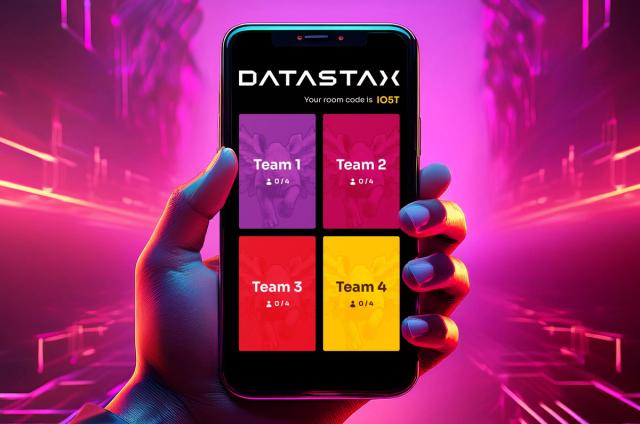Relational and Cassandra. Compared.

This is an excerpt from the DataStax eBook Getting Started with NoSQL and Apache Cassandra®; which delves into how to migrate to Apache Cassandra® and build the next generation of powerful applications. Click here to download the full eBook.
Why Move to DataStax Distributions of Apache Cassandra?
Apache Cassandra provides incredible resiliency and high performance for distributed data management; it’s a distributed, elastically scalable, highly available and fault-tolerant platform with tunable consistency. DataStax distributions expand on Cassandra’s benefits with advanced security, performance, multi-model, and operational management capabilities.
Applications that are time-series based, have high data volumes like IoT use cases, or those that are real-time transaction-based— such as fraud detection and customer recommendations—are ideal candidates, as well as those that require high security and the utmost resiliency like eCommerce apps.
Key architectural differences between Cassandra and relational databases are as follows:
| Relational | Cassandra | |
| Data | Structured | Unstructured |
| Schema | Fixed | Fixed |
| Table | An array of arrays | A list of nested key-value pairs |
| Outermost Container | Database | Keyspace |
| Entities | Tables | Tables and columns |
| Row | An individual record | Unit of replication |
| Column | Attributes of a relation | Unit of storage |
| Relationships | Foreign keys, joins, etc. | Collections |
Tapping into Graph Database Technology
DataStax also provides a graph database option that leverages all the benefits of Cassandra called DataStax Graph. It’s an ideal way to build data models that represent the complex relationships between people, products, interactions, and transactions—with high performance essential for applications that glean insights from connected data like fraud detection, supply chain optimization, social network analysis, and customer-facing recommendation engines.
Data storage in a graph database can be compared to a pre-joined relational database, with built-in data relationships, so foreign keys are unnecessary. Data is retrieved by traversing the graph, so time-consuming and error-prone JOIN operations are not required.
Thanks for reading this excerpt from the DataStax eBook Getting Started with NoSQL and Apache Cassandra®; tune in next week when we'll release another excerpt or click here to download the full asset.




